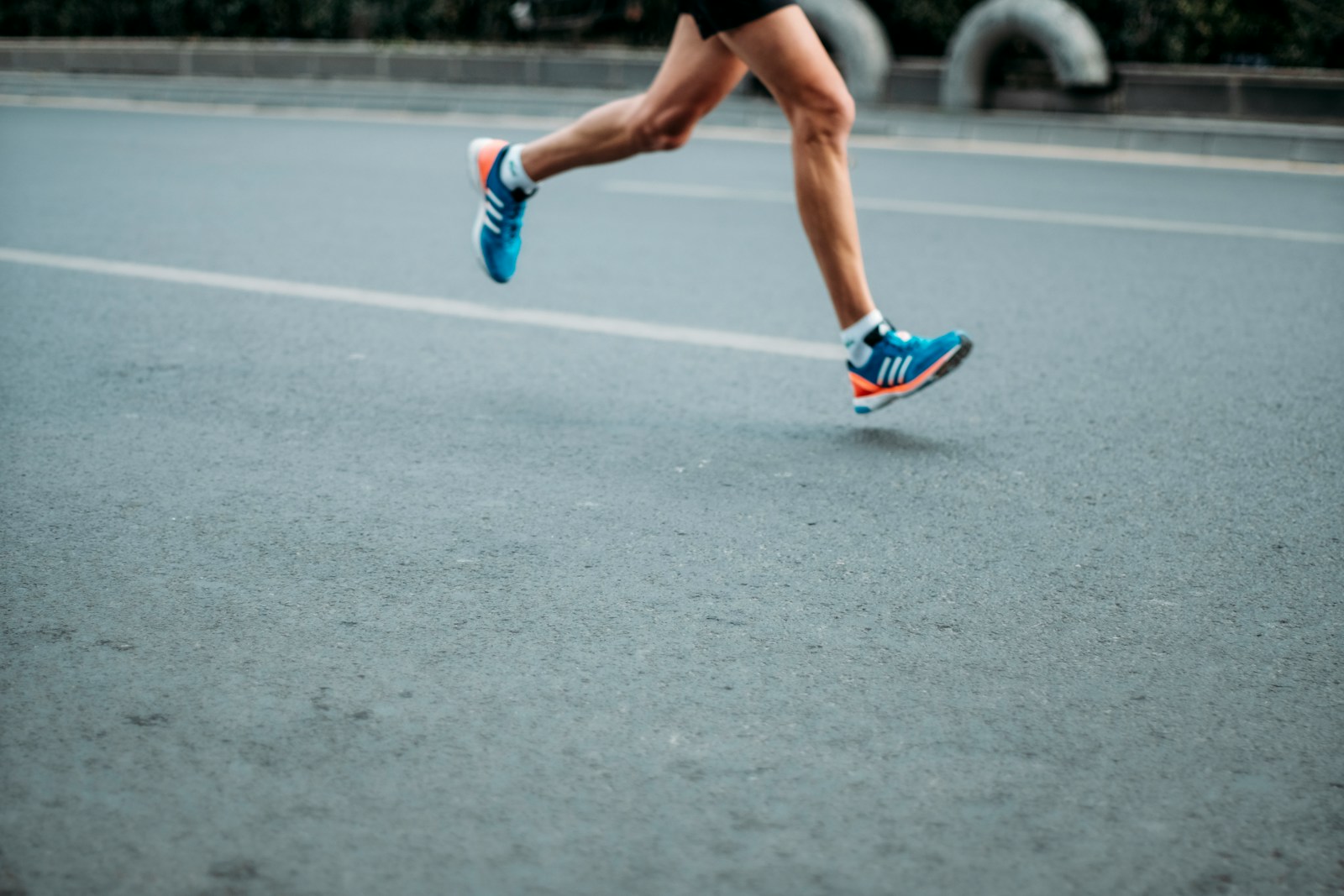Improving your running speed is a common goal among amateur or professional athletes. The quest for speed can be driven by various motivations, such as beating personal bests, competing more effectively in races, or simply increasing fitness levels. Regardless of the motive, enhancing running speed requires a strategic blend of training techniques, nutritional support, and recovery methods.
Read on to learn the best way to improve your running speed.
Reader's Roadmap
The Importance of Proper Running Form
One of the first steps in enhancing running speed is to analyze and refine your running form. Proper form can help improve efficiency and reduce the risk of injury, allowing for more consistent and intensive training. Therefore, it can be a good idea to engage in a running form analysis, which can provide insights into biomechanical inefficiencies that may be hindering performance. This analysis evaluates how an individual runs, pinpointing areas that need improvement, such as stride length, foot strike, and body alignment.
Interval Training: High-Intensity Intervals and Tempo Runs
Interval training is highly effective for increasing running speed. This training method alternates between periods of high-intensity running and recovery. High-intensity intervals push your body to adapt to the stress of fast running, which improves cardiovascular capacity and muscular endurance.
Meanwhile, tempo runs, which are slightly slower than interval sprints but faster than long-distance pace, can help develop speed endurance. They train the body to maintain a challenging pace over a more extended period, which is critical for racers and long-distance runners.
Strength Training: A Critical Component
Incorporating strength training into a running routine is essential for runners looking to improve their speed. Exercises focusing on the lower body and core, such as squats, lunges, and planks, can enhance muscular strength and endurance. These workouts can contribute to a more powerful stride and improved stability, which is vital for speed.
Additionally, upper body strength plays a role in maintaining good running form and balance, especially during the final stages of a race when fatigue sets in.
Plyometric Exercises to Boost Explosiveness
Plyometric training, characterized by explosive jump and speed drills, is essential for runners to enhance their explosiveness and speed. Some key exercises, such as jump squats, box jumps, and burpees, are designed to strengthen the leg muscles and improve the efficiency of the neuromuscular system. By focusing on the rapid stretch and contraction of muscles, these workouts can maximize the force each foot strike generates against the ground, significantly boosting propulsion.
Regular plyometric training increases leg power and agility, which is crucial during critical race moments when a burst of speed is required. To prevent injuries, these exercises should be incorporated two to three times a week after a proper warm-up.
Nutrition and Hydration
Nutrition and hydration are foundational for runners striving for peak performance and speed improvement. A well-balanced carbohydrate-rich diet is crucial as it is the primary fuel source for high-intensity training and races. Complex carbohydrates such as whole grains and vegetables can provide a steady energy release, while simple carbohydrates offer a quick energy boost.
Protein is essential for the repair and growth of muscle tissues and should be consistently consumed from sources like lean meats, dairy, and legumes. Fats, especially unsaturated ones, are vital for long-lasting energy, particularly during extended runs.
Equally important is hydration; you should drink fluids regularly throughout the day and adjust intake based on exercise intensity and environmental conditions to prevent performance-degrading dehydration.
Adequate Recovery and Sleep
Effective recovery is essential for athletes aiming to improve their running speed. Adequate sleep is vital, as it allows muscle tissue repair and replenishes energy stored depleted during training. Adults should aim for 7-9 hours of sleep daily to optimize recovery.
Furthermore, implementing active recovery days into a training schedule is crucial. Engage in low-impact activities like walking, swimming, or yoga to enhance blood circulation, which aids in muscle repair and reduces stiffness. Doing so can prepare your body for subsequent high-intensity workouts.
Consistency and Patience
Consistency in training is critical to improving running speed. Gradual increases in workouts’ intensity, frequency, and duration allow the body to adapt without injury. This consistent approach helps build physical and mental endurance, which is essential for long-term performance enhancements.
Patience is equally important; physiological improvements take time and require persistent effort. You should focus on steady progress and avoid the temptation to rush the process, understanding that significant speed improvements are achieved over months and years of dedicated training.
Takeaway
Addressing each of these areas—running form, interval training, strength conditioning, plyometrics, nutrition, and recovery—can systematically enhance your running speed. Each component plays a unique role in the broader context of a runner’s performance, and attention to all is necessary for those looking to achieve the fastest pace yet.







Leave a Reply
View Comments